- Home
- Listings
- Things To See & Do
- Car Hire
- News
- Properties
- What’s On
ES
Festivals and Cultural Events
Festivals & Culture on the Costa Tropical and Granada
The Costa Tropical and Granada region are rich in cultural diversity, and this is vividly showcased through their vibrant festivals. These celebrations provide a unique insight into the history, traditions, and artistic expressions that define this corner of Spain.
The International Festival of Music and Dance
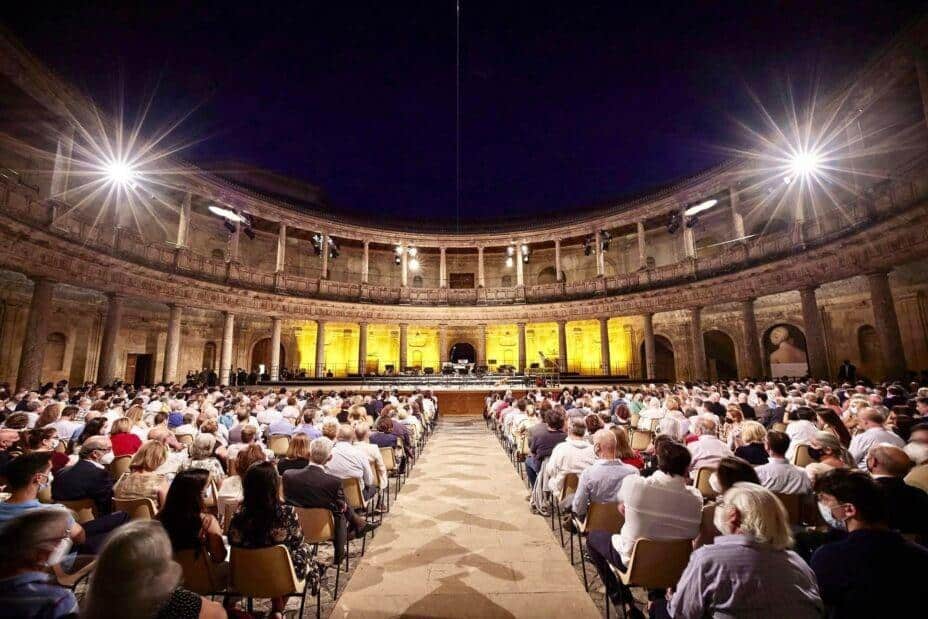
One of Spain’s most prestigious cultural events, this festival takes place in the enchanting Alhambra Palace and other historic venues in Granada. It brings together world-class musicians, dancers, and performers for a series of captivating concerts and dance performances. The streets of Granada are filled with music from the end of June to the beginning of July each year. More than 60 music and dance shows are held at venues throughout the city. These range from classical ensembles to jazz and world music. The festival website releases full details of the programme as soon as they are available.
Granada International Jazz Festival
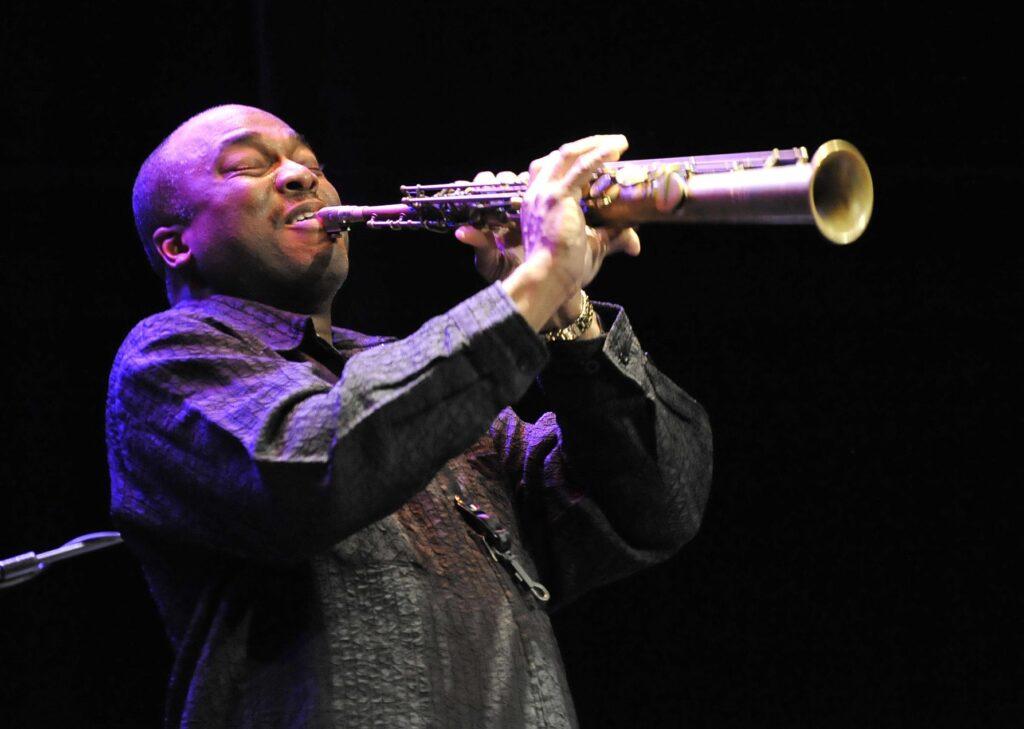
The Granada International Jazz Festival is one of the longest-running and most important in Europe. Over the twenty-five years since the festival began, it has featured such national and international jazz figures as Miles Davis, Oscar Peterson, Charlie Haden, Art Blakey, Tete Montoliu, Dizzy Gillespie, Wayne Shorter and Herbie Hancock. The inclusion of such prestigious names has helped create a vibrant jazz movement in Granada that promotes contact and exchange of experiences between local and foreign musicians. The festival takes place every November. Visit Granada Jazz Festival website for further information and to make bookings.
International Granada Tango Festival
Tango is hugely popular in Granada, and every year the city hosts a Tango Festival with performances at venues around the city. The Tango World’s top artists have performed in its shows: Juan Carlos Copes, Horacio Ferrer, Susana Rinaldi, Miguel Zotto y Milena Plebs, Roberto Goyeneche, Amelita Baltar, Los Dinzel, Osvaldo Pugliese to name just a few. Each year the festival programme focuses on a particular personality or theme. Taking place in the month of March and stretching over five nights, the Festival offers spectacular shows, live music, dance classes, photographic exhibitions, poetry readings, cultural debates and much more. The Festival also organises return flights from selected UK airports to Granada Airport. Full details of the programme are available on the International Tango Festival website.
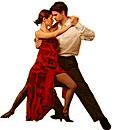
Jazz en la Costa
A week-long event which takes place every mid-July in the spectacular settings of the tropical botanical park of El Majuelo, Almuñécar. Many of the world’s most famous jazz musicians have taken part, including Mike Mainieri, Johnny Griffin and Benny Golson. The stage is set below a flood-lit Moorish castle, and the bar and seating areas are surrounded by palm trees. The festival – which has become one of the hottest tickets in Spain in the last few years – is well known for the eclectic nature of its roster: traditional standards and experimental jazz are complemented by rock, blues, funk and folk songs – the sounds of London, Rio, and Havana join those of New Orleans. Visit the Festival website for the full programme.
Festival Música en los Rincones in Salobreña
Several concerts to enjoy summer nights with wide variety of musical styles, like blues, funck or flamenco with performances at different places of unique beauty in the historic center of Salobreña and La Caleta.
Every Thursday in July and August at 22:00.
Festival Tendencias in Salobreña
The Tendencias Festival celebrated its 33rd edition in 2024, in the beautiful coastal town where it originated, Salobreña (Granada), right in the heart of the Costa Tropical of Granada. It is held the first week of August.
This festival has already surpassed three decades and continues to embrace contemporary music, not only through concerts but also through parallel activities like film screenings and conferences held at various locations in Salobreña. In addition to witnessing live music performances, attendees will also be able to engage in talks and watch documentaries. Visit the Festival website.
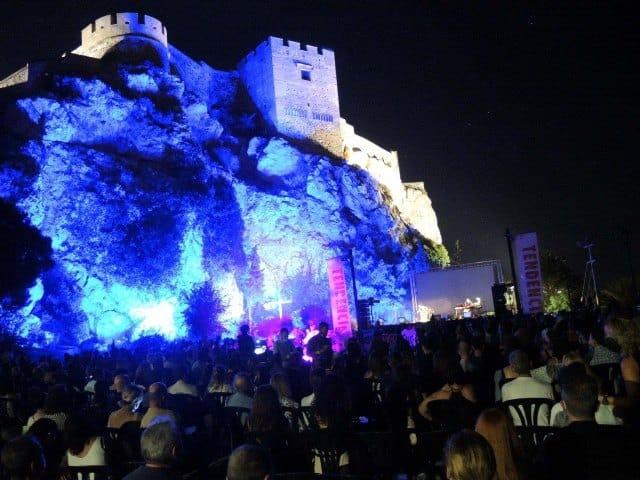
La Herradura International Blues Festival
The La Herradura International Blues Festival is a vibrant celebration of blues music that draws enthusiasts from around the globe to the picturesque coastal town of La Herradura. This festival offers a platform for both established and emerging blues artists to showcase their talents amidst the stunning backdrop of the Mediterranean Sea. From soulful ballads to electrifying performances, the festival features a diverse lineup that captivates audiences of all ages. La Herradura International Blues Festival is a must-attend for music lovers seeking an unforgettable experience. Free-entry concerts until full capacity. In 2024 it will be on 28 and 29 of June at Plaza de la Independencia. Visit the Festival website.
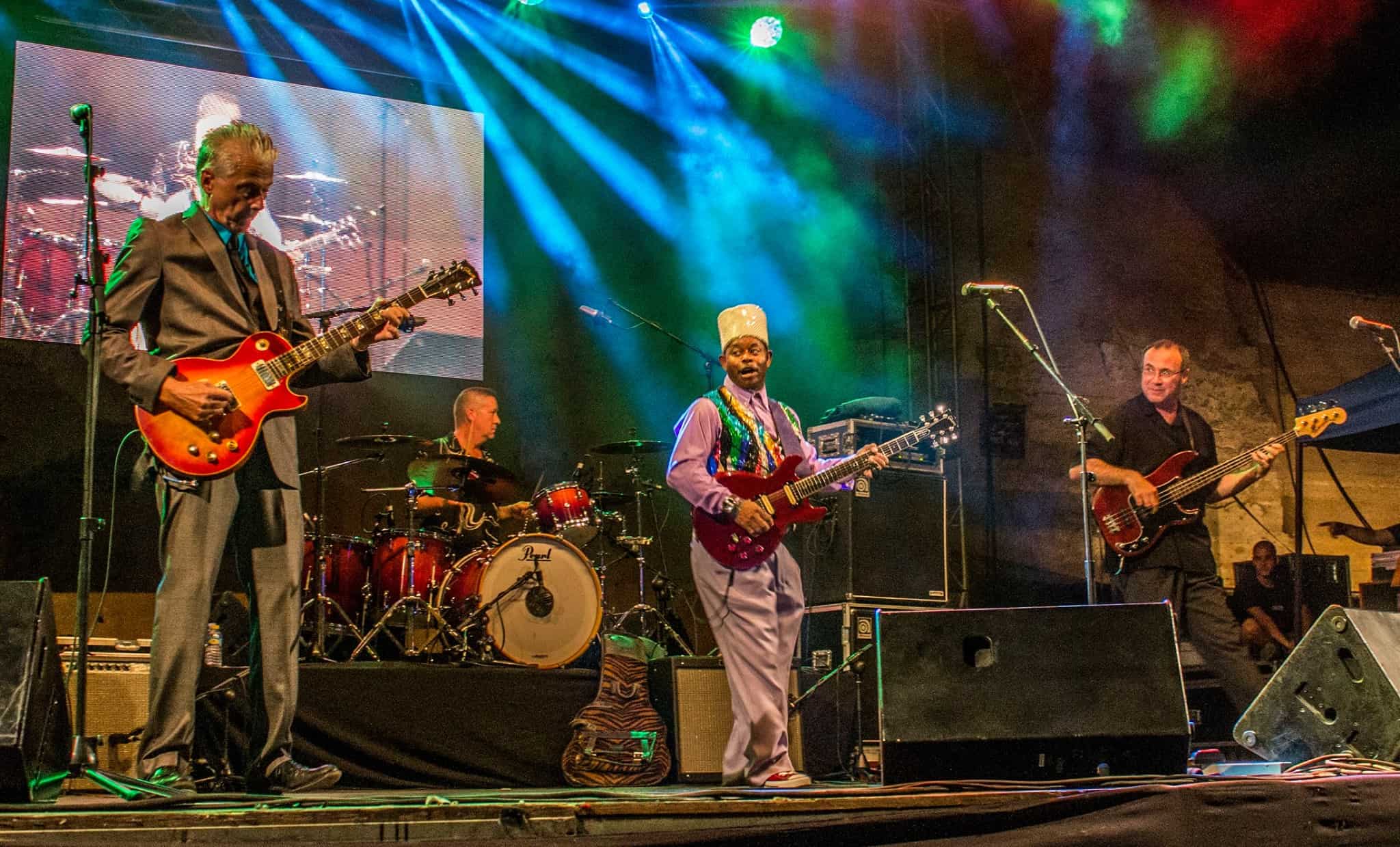
Salobreña Sol Music Festival
The Salobreña Sol Music Festival brings vibrant energy to the picturesque coastal town of Salobreña. Held at the multi-purpose sports facility Polideportivo Julio Martín Pérez, this festival attracts music lovers from across the region and beyond. There are two main stages: the Main Stage, which hosts a diverse lineup of live performances from indie, rock, ska and pop to punk, and the Electronic Stage, dedicated to electronic music and dance. The event showcases both local talent and nationally acclaimed artists, offering an eclectic mix of genres that cater to a wide range of musical tastes.
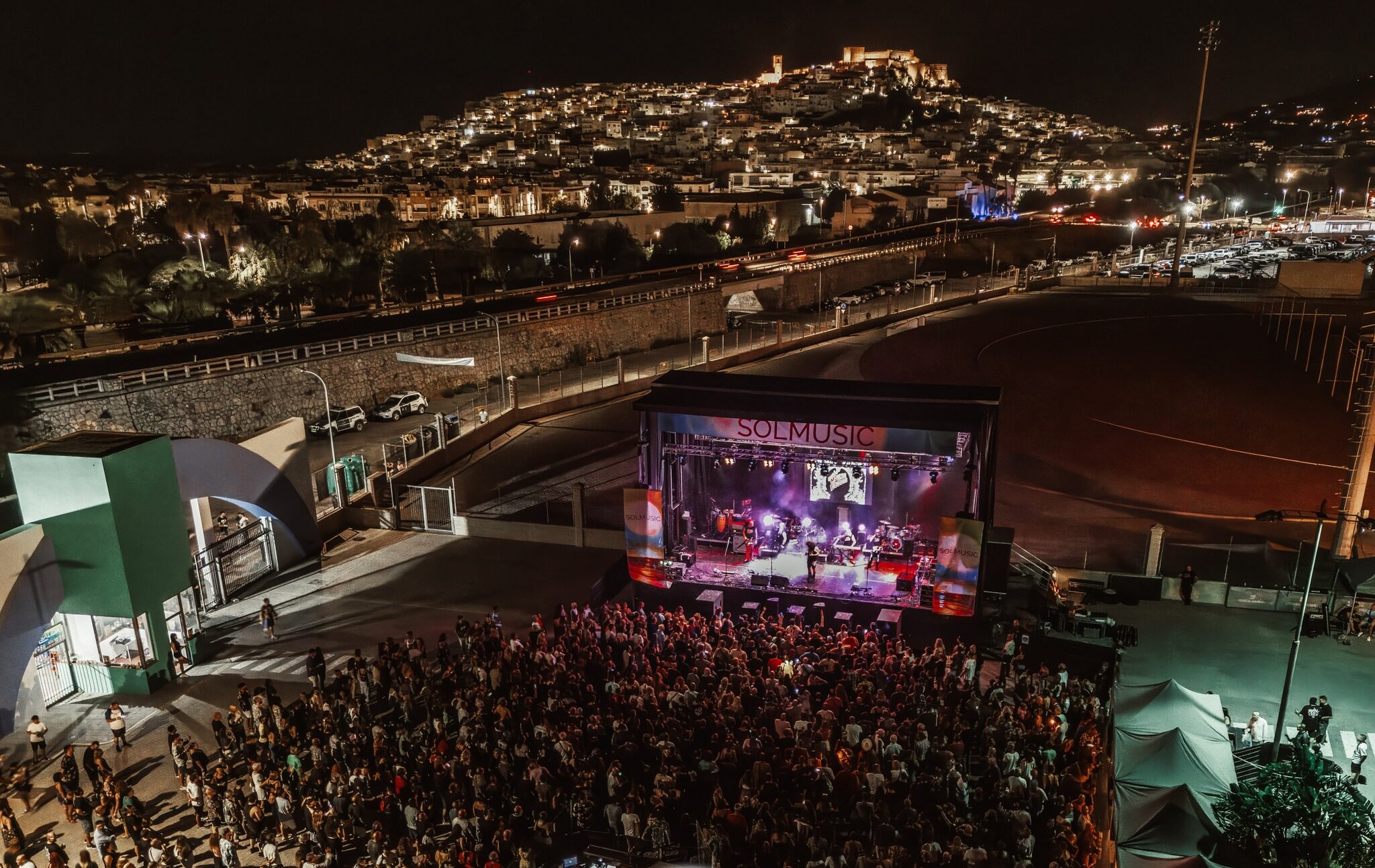
'Noches en el Castillo de La Herradura' Festival
“Noches en el Castillo de La Herradura” is a music festival held at the gardes of the historic La Herradura Castle, offering a unique experience of live music or theatre under the stars. This annual event transforms the castle into a vibrant cultural hub, attracting both locals and visitors.
Sexi Firmum Iulium (Almuñécar Classical Theater Festival)
Set against the backdrop of Almuñécar’s historic sites, this festival celebrates classical theater in all its glory. The ruins of the Roman aqueduct serve as a dramatic stage, providing a unique setting for timeless plays. It is held in September at the Parque del Majuelo and the Casa de la Cultura. Visit website.
Granada Sound
The Granada Sound Festival celebrated in early September every year is the biggest music festival. It is a dynamic convergence of music and culture set against the backdrop of Granada’s historic charm. This annual musical celebration transforms the city into a vibrant hub of artistic expression, drawing music enthusiasts from across the country. The festival’s allure lies in its diverse lineup, spanning genres and catering to various tastes. From indie rock to electronic beats, it curates an eclectic blend of established acts and emerging local talents, fostering a sense of musical discovery. Beyond the music, the festival creates an immersive experience with food stalls, art installations, and an electric atmosphere. As the sun sets, the festival truly comes alive with mesmerizing light displays and pulsating performances, uniting the crowd in a shared euphoria. More than a music event, the Granada Sound Festival weaves cultural fusion, memorable nights, and a sense of community into its fabric. The festival is held at Cortijo del Conde, between Granada and Atarfe, near Mercagranada. Visit website
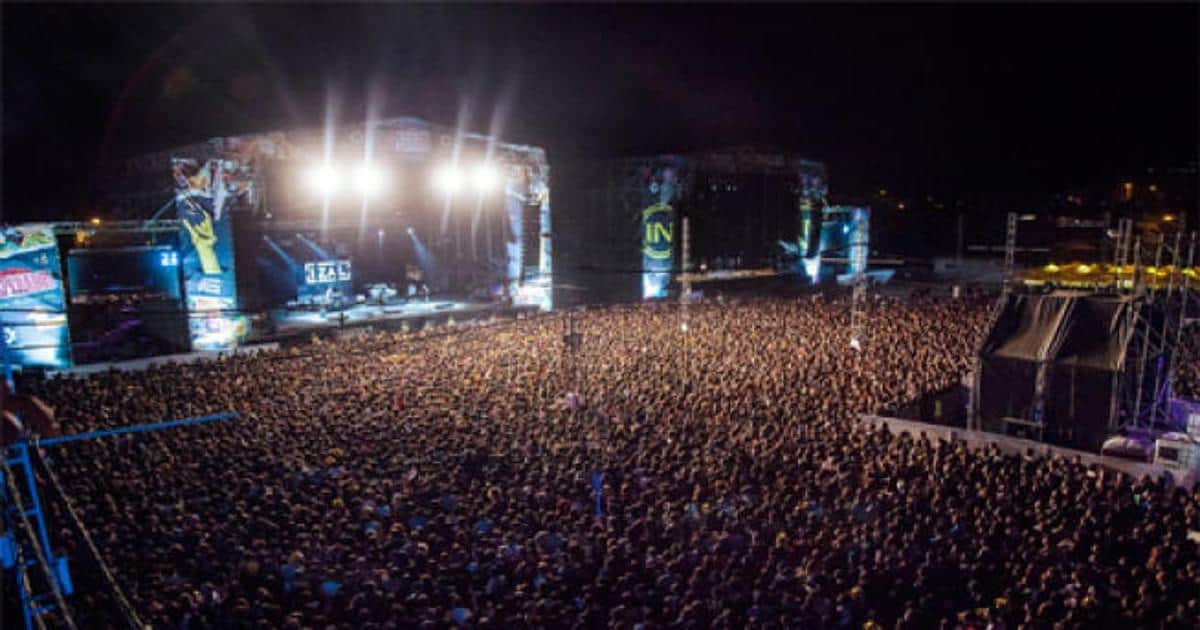
Sierra Nevada por Todo lo Alto Festival
The Sierra Nevada por Todo lo Alto Festival, the highest altitude music festival in Europe, is a standout event in Spain’s summer music calendar. This free two day (Friday and Saturday) event, held annually at the Plaza de Andalucía, Pradollano (2100 meters over sea level), takes place every August with several bands performing each night,. There are also morning activities for children. This blend of rock music, mountain environment, and family-friendly events creates a unique festival experience. With a lineup that includes both Spanish and international acts, the festival consistently showcases a diverse range of music genres, supported by local talent and music workshops for children, organised by the Granada-based Gabba Hey Music School, making it a memorable event for all ages. Free parking is available. Visit website
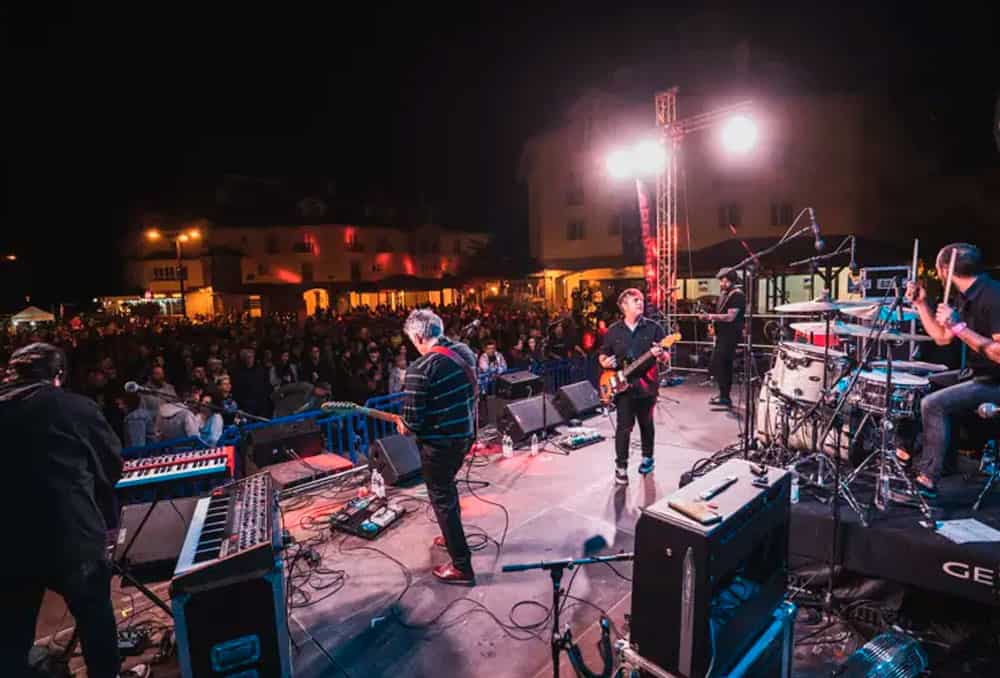
Hocus Pocus Festival
Otherwise known as the Festival of Magic. Granada is often called the “magical city”, so it is an appropriate location for an event of this kind. For a week in November magicians and masters of illusion gather here each year to display their skills and celebrate their craft. In addition to scheduled magic shows in theatres and clubs, there are impromptu performances throughout the city in bars, cafes and on street corners. You can pull a rabbit out of your hat in your own magic show, enjoy the live performances, or attend a workshop or lecture.
Tickets can be booked online from the Hocus Pocus Festival website.
